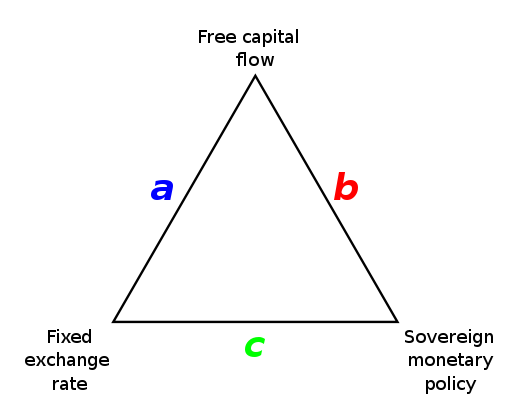17.1 The Global Economy
- The national economic environment can be a crucial determinant of industry performance.
- The global environment presents political risks of far greater magnitude than are typically encountered in single country investments.
- The exchange rate between that country’s currency and other currencies affects the international competitiveness of a country’s industries.
17.2 The Domestic Macroeconomy
- The first step in forecasting the performance of the broad market is to assess the status of the Conny as a whole.
- Gross Domestic Product
- Employment / The unemployment rate
- Inflation
- Interest Rates
- Budget Deficit
- Sentiment
Q. Why is an Aggregate Demand curve downward sloping?
- Increased spending power. At a lower price level, consumers are likely to have higher disposable income and therefore spend more. (Note this assumes that wages are constant and not falling with prices)
- Increase in demand for exports. If there is a lower price level in the UK, UK goods will become relatively more competitive, leading to higher exports. Exports are a component of AD, and therefore AD will be higher.
- Lower interest rates. At a lower price level, interest rates usually fall, and this causes higher aggregate demand.
Q. Why is a Demand curve downward sloping?
- Income Effect : When price of a commodity falls, consumer's real income rises that is he can now purchase more of the commodity with the same income.
- Substitution Effect : When price of a commodity falls, it become cheaper than its substitute good so the users of substitute good would shift their consumption to the given good and therefore the quantity demanded of the commodity will rise.
- Law of Diminishing Marginal Utility : It states that the satisfaction derived from a commodity will diminish from every successive unit. So the consumer would be willing to pay less and less for each successive unit.
Q. Why is an Aggregate Supply curve upward sloping?
- The AS curve is drawn using a nominal variable, such as the nominal wage rate. In the short-run, the nominal wage rate is fixed. As a result, an increasing price indicates higher profits that justify the expansion of output.
- An alternate model explains that the AS curve increases because some nominal input prices are fixed in the short-run and as output rises, more production processes encounter bottlenecks. At low levels of demand, large numbers of production processes do not make full use of their fixed capital equipment. As a result, production can be increased without much diminishing returns. The average price level does not have to rise much in order to justify increased production. In this case, the AS curve is flat. Likewise, when demand is high, there are few production processes that have unemployed fixed outputs. Any increase in demand production causes the prices to increase which results in a steep or vertical AS curve .
Q. Why is a Supply curve upward sloping?
This upward slope represents increasing marginal costs with an increase in production. When prices are low, quantity is low, but as price and profits increase, supply increases, as well, creating an upward curve. Supply curves can also be flat or even vertical. If the marginal cost stays the same, a flat curve results. Similarly, if there’s a finite amount of a good, such as a limited-edition product, a price increase won’t result in a corresponding increase in quantity, creating a vertical curve.
Trilemma

The Impossible Trinity or "The Trilemma", in which two policy positions are possible. If a nation were to adopt position a, for example, then it would maintain a fixed exchange rate and allow free capital flows, the consequence of which would be loss of monetary sovereignty.
Trilemma

17.4 Federal Government Policy
Fiscal Policy : The government's spending and tax/actions and is part of "Demand side management".
- The most direct way to either to stimulate or to slow the economy.
Monetary Policy : The manipulation of the money supply to affect the macro-economy and is the other main leg of demand-side policy.
- The most direct way to either to stimulate or to slow the economy.
Monetary Policy : The manipulation of the money supply to affect the macro-economy and is the other main leg of demand-side policy.




0 Comments
_____No need to sign in to put your comments.